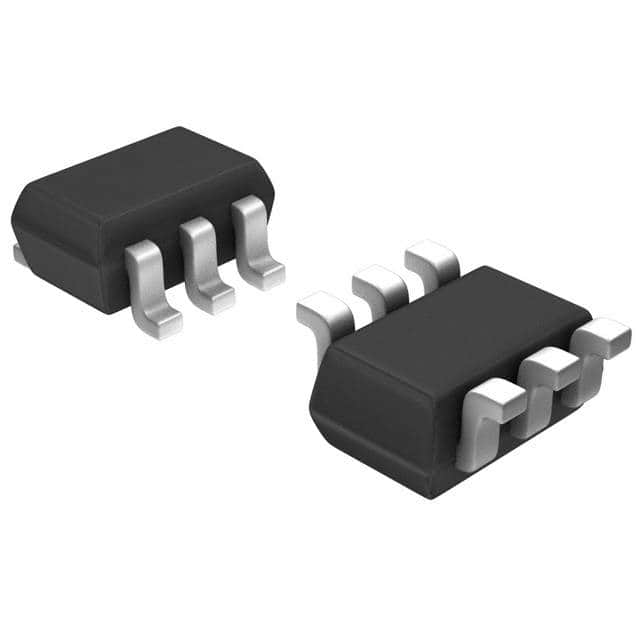
$0.21




onsemi
Onsemi pioneers eco-innovations, emboldening worldwide clientele to curtail energy usage. Their diverse array encompasses power, signal management, logic solutions, catering to automotive, communication, computing, consumer, industrial domains. A responsive, reliable supply chain underscores their commitment, encompassing North America, Europe, Asia markets.
View All Product from onsemiNUF2221W1T2G APPLICATIONS BACKGROUND
The USB is not a serial port, it is a serial bus, a fact thatenables a single port on the computer to be a link for a myriadof devices, (up to 127 devices in a USB system). We caneasily chain one device to another and use one port as aconnecting point of many devices by using a hub. All theseenable us to look at the USB system as a small network ofdevices.The Universal Serial Bus (USB) makes connectingdevices to your computer faster, easier and virtuallylimitless. High−Speed USB devices are capable ofcommunicating at speeds up to 12 megabytes−withoutshutting down and without having to open your computer.Typically the USB system consists of one host, hubs anddevices.The host in the USB system, is responsible to the wholecomplexity of the protocol (simplifies the designing of USBdevices). The host controls the media access, therefore, noone can access the bus unless it got an approval requiredfrom the host.The hub provides an interconnect point, which enablesmany devices to connect to a single USB port. The logicaltopology of the USB is a star structure, all the devices areconnected (logically) directly to the host. It is totallytransparent to the device what is its’ hub tier (the number ofhubs the data has to flow through). The hub is connected tothe USB host in the upstream direction (data flows ”up” tothe host) and is connected to the USB device in thedownstream direction (data flows ”down” from the host tothethe device). The hubs’ main functionalityresponsibility of detecting an attachment and detachment ofisdevices, handling the power management for devices thatare bus−powered (get power fromthe bus), andresponsibility for bus error detection and recovery. Anotherimportant role of the hub is to manage both full and lowspeed devices. When a device is attached to the system thehub detects the speed, which the device operates in, andthrough the whole communication on the bus prevents fromfull speed traffic to reach low seed device and vice versa– prevent from low speed traffic to reach full speed device.The Device is defined as everything in the USB system,which is not a host (including hubs). A device provides oneor more USB functions. Most of the devices provide onlyone function but there may be some, which provides morethan one and called compound devices. We refer to twokinds of devices − self powered or bus powered devices. Adevice that gets its power from the bus is called bus poweredand on the other hand a device which supplies its own poweris called self powered. There are two kinds of devices forUSB 1.1:Full−speed devices − operates in 12 Mb/sLow−speed devices that work in 1.5 Mb/s.The Universal Serial Bus (USB) specification revision 1.1requires the USB drivers to have certain impedancecharacteristics. The series resistance plus the USB driveroutput resistance must be close to the USB cable’simpedance of 45
•
• unbalanced (90
•
• balance) to minimizetransmission line reflections. In addition USB 1.1 alsorequires upstream ports to be terminated with a pull−upresistor (usually 1.5 k
•) from D+ or D− lines to VCC=3.3 V(VCC is usually taken from VBUS by using a 5 V − 3.3 Vregulator). In case of EMI, the radiated and conducted EMIshould be kept within the required levels as specified by theFCC regulations. Actual FCC regulations requires that classB computing devices meet the specifications of maximumlevels for both radiated and conducted EMI (Radiated EMIcovers the frequency range from 30 MHz to 1 GHz andConducted EMI covers the 450 kHz to 30MHz range).The NUF2221W1 device from On Semiconductorprovides series termination, EMI filtering and ESDprotection for the two data lines (D+, D−) as well as for theVBUS. The ESD device’sratings comply withIEC61000−4−2 (Level 4), HBM class 3B and MM class C.All these features are offered in an integrated solution placed
Product Attributes
| TYPE | DESCRIPTION | Select all |
|---|---|---|
| Product Status | Active | |
| ESD Protection | Yes | |
| Values | R = 22Ohms, C = 42pF (Total) | |
| Current | - | |
| Resistance - Channel (Ohms) | 22 | |
| Attenuation Value | - | |
| Height | 0.043" (1.09mm) | |
| Size / Dimension | 0.079" L x 0.049" W (2.00mm x 1.25mm) | |
| Center / Cutoff Frequency | - | |
| Number of Channels | 3 | |
| Package / Case | 6-TSSOP, SC-88, SOT-363 | |
| Technology | RC (Pi) | |
| Mounting Type | Surface Mount | |
| Filter Order | 2nd | |
| Voltage - Rated | - | |
| Type | Low Pass | |
| Applications | USB | |
| Operating Temperature | -55°C ~ 125°C | |
| Package | Tape & Reel (TR) | |
| Series | - |
$0.21




onsemi
Onsemi pioneers eco-innovations, emboldening worldwide clientele to curtail energy usage. Their diverse array encompasses power, signal management, logic solutions, catering to automotive, communication, computing, consumer, industrial domains. A responsive, reliable supply chain underscores their commitment, encompassing North America, Europe, Asia markets.
View All Product from onsemiYou May Also Be Interested In
More Electronic Parts More
NUF2221W1T2G
FILTER RC(PI) 22 OHM/42PF SMD
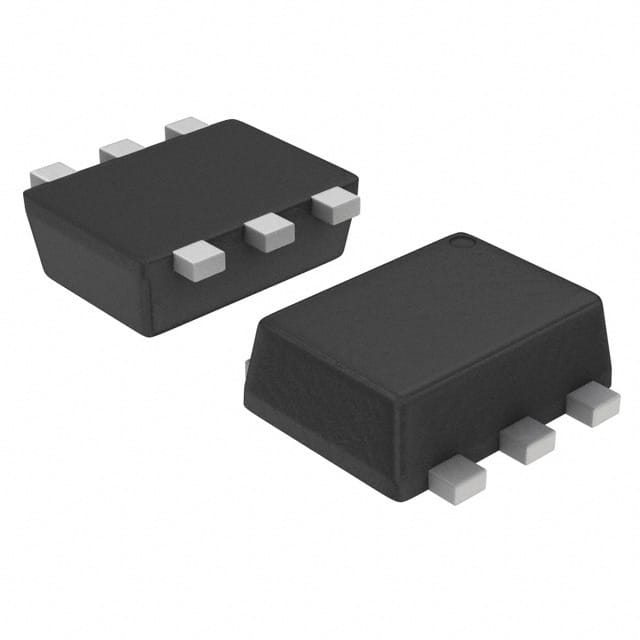
NUF2042XV6T1G
FILTER RC(PI) 22 OHM/42PF SMD

NZF220DFT1G
FILTER RC(PI) 110 OHM/22PF SMD
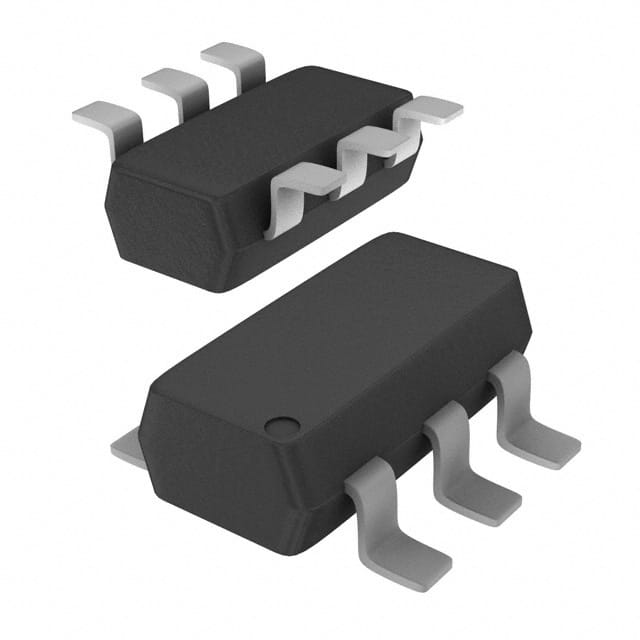
NUF2101MT1G
FILTER RC(PI) 30 OHM/55PF SMD
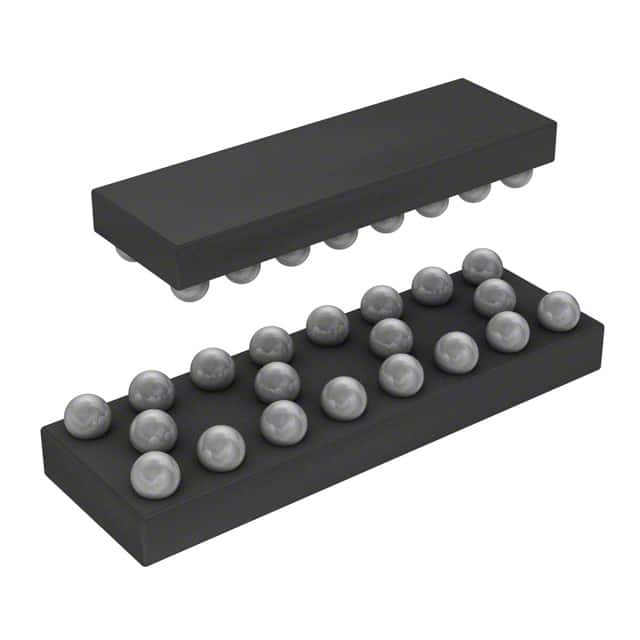
CM1422-03CP
FILTER RC(PI) 100 OHM/15PF SMD
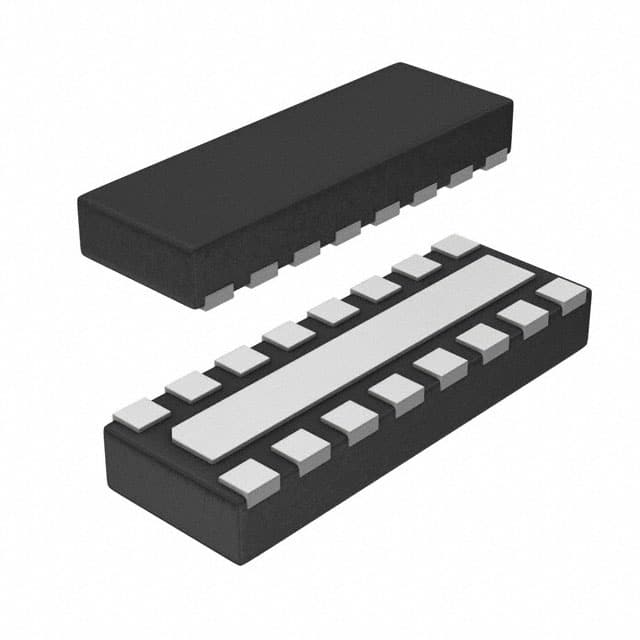
EMI5208MUTAG
FILTER RC(PI) 100 OHM/7PF SMD
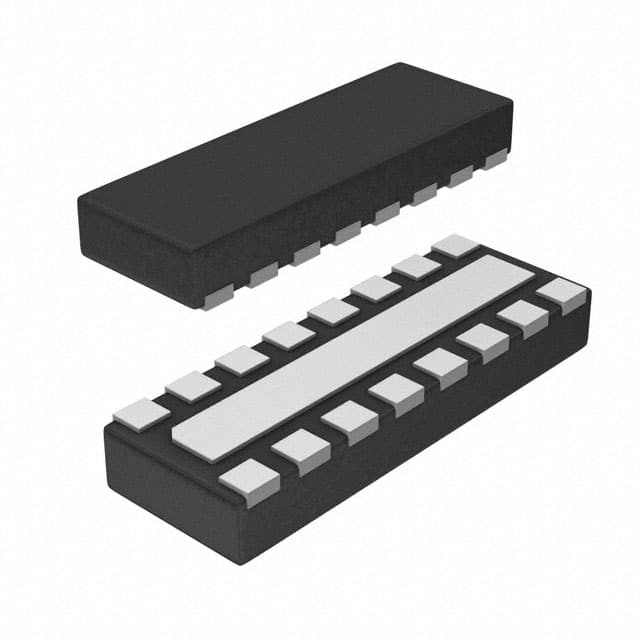
EMI9408MUTAG
FILTER LC(PI) 70NH/11.5PF SMD
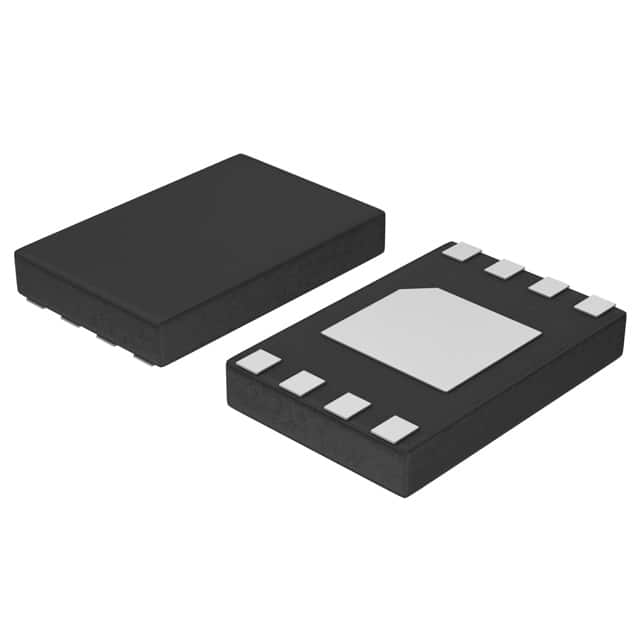
NUF4001MUT2G
FILTER RC(PI) 100 OHM/13PF SMD
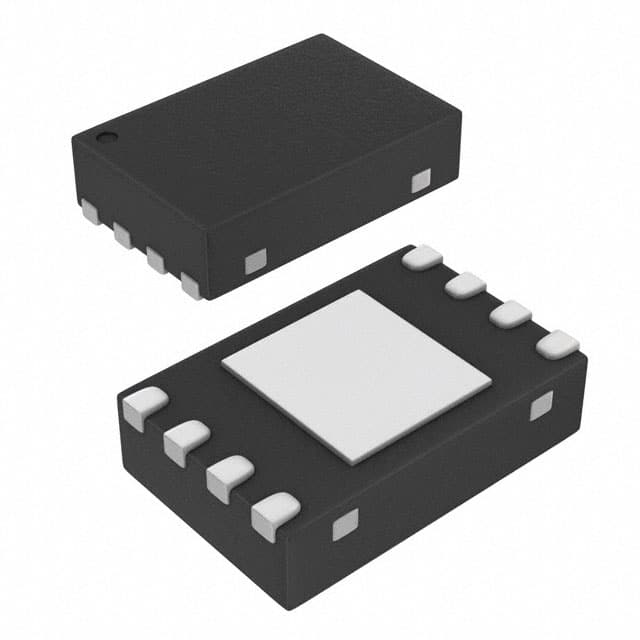
NUF4402MNT1G
FILTER RC(PI) 100 OHM/12PF SMD

EMI7204MUTAG
FILTER LC(PI) 17NH/12PF ESD SMD




